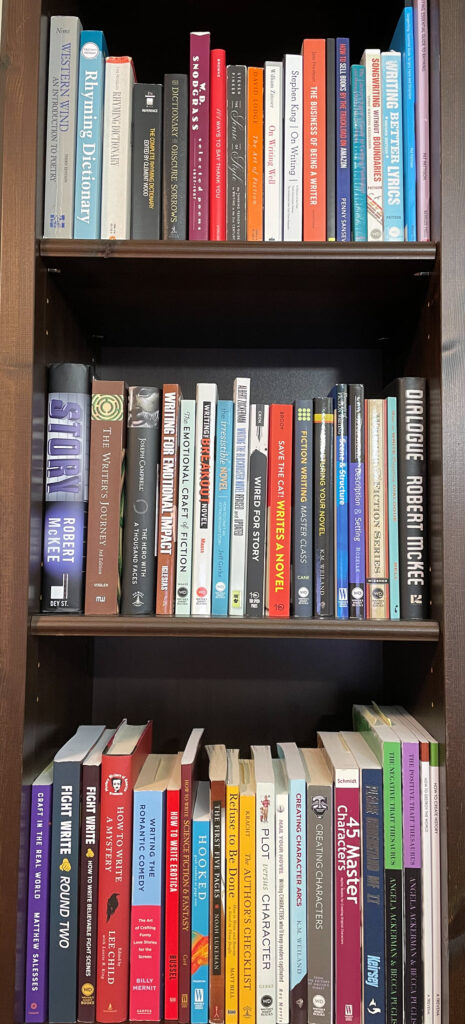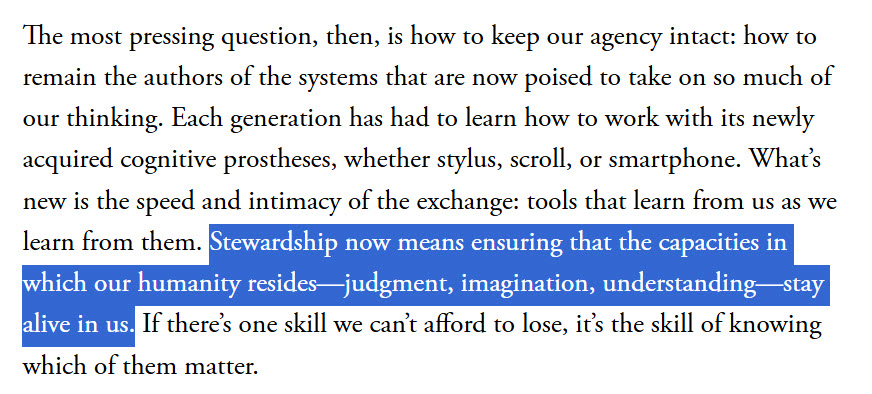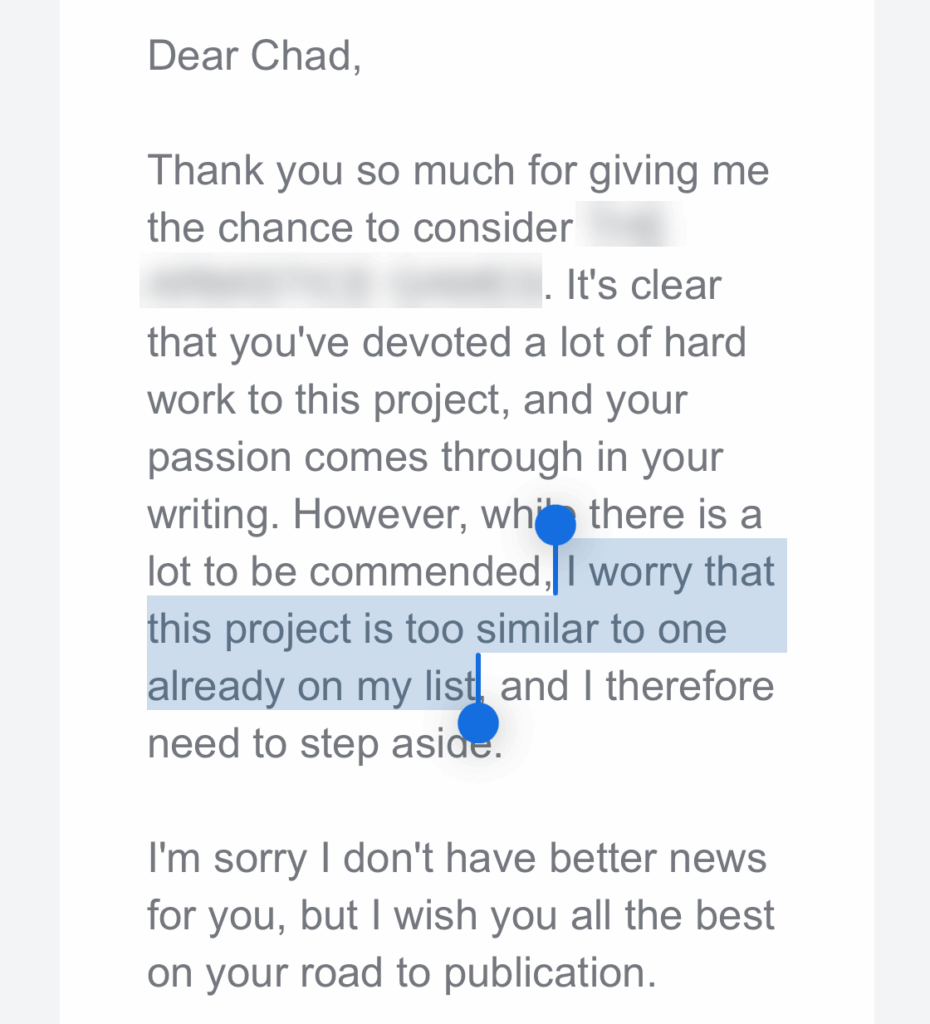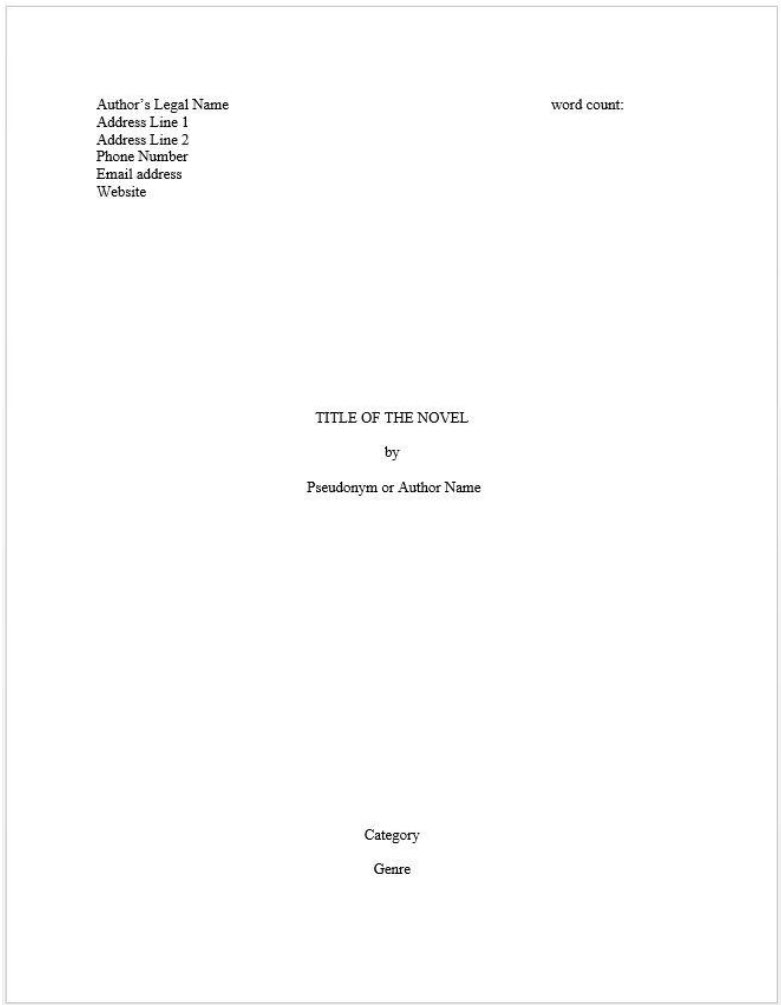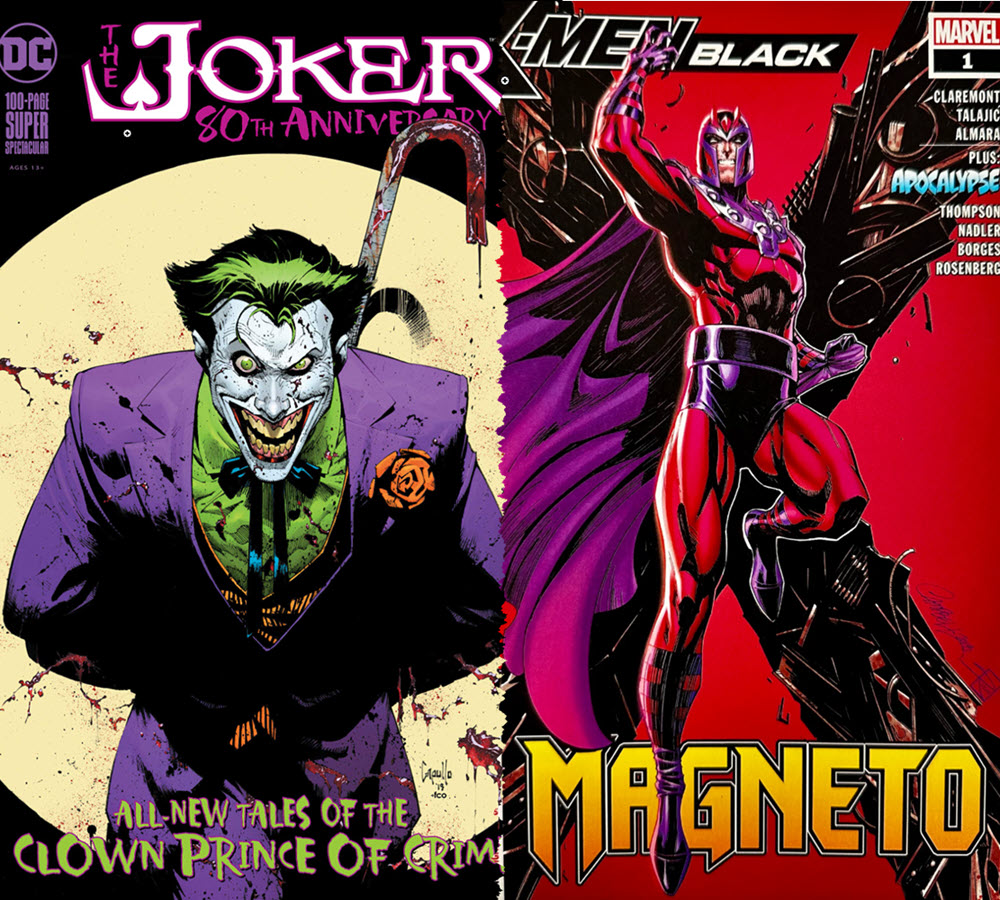Book review: ‘The Fantasy Fiction Formula’ by Deborah Chester
I read The Fantasy Fiction Formula on the recommendation of my developmental editor and found it to be highly helpful. It covers all the fundamentals of novel writing, from formulating a story plan to crafting a story climax, but also gives you a lot of tools to understand those elements better.
For instance, it includes a lot of charts and lists, including ones for different types of opening hooks and different story roles. One of my favorite frameworks is SPOOC, which shows you how the Situation, Protagonist, Objective, Opponent, and Climax all work together. Having a clear SPOOC gives you a massive headstart on writing your query letter and jacket copy. The book also includes plenty of drill exercises.
I give it 5 stars, 20 dog ears, and 5 Post-its.
For my dystopian sci-fi trilogy, two concepts from The Fantasy Fiction Formula were particularly helpful.
The moral dilemma
Chester says that “a well-written third act requires the protagonist to be cornered and forced to deal with some kind of inner dilemma. … Whatever the inner dilemma happens to be, passing this part of the final test requires the protagonist to reveal their true nature and face the internal problem squarely.”
Moral dilemmas feature prominently in the climaxes of each book in my dystopian sci-fi trilogy. But after reading Chester’s advice, I tweaked the climax of Book 3 to make the dilemma even more stark and the resulting cost even higher. [evil laugh]
The hidden story
Novels often contain as many as three story lines, says Chester.
- The ongoing story
- The back story
- The hidden story
This was my first time encountering this concept, which I found fascinating. Chester explains that the hidden story is “running parallel to the ongoing story, although most of the time it’s not on view. Readers are unaware of it, but writers have to know what’s happening off-stage to their nonviewpoint characters.”
Fundamentally, that makes perfect sense. Of course, things are happening that you aren’t showing. What I found really interesting was that I was routinely revealing the hidden story, particularly with my antagonists.
In other craft books, I’d read about writers cheating their way to big twists and surprise reveals by artificially withholding information. Instead of being impactful, these can make readers feel cheated. Moreover, they’ve robbed themselves of the opportunity to create suspense by revealing breadcrumbs of the struggles to come.
In my trilogy, I make the hidden story visible to create dramatic irony, which is when the reader knows more than the characters do. Then readers have to experience the tension of wondering if the heroes will avoid the coming danger (Nope!) and then painfully watch as danger blindsides our unsuspecting heroes.
That said, turnabout is fair play. And sometimes the antagonists are unaware of what our heroes have been up to and don’t account for that in their plans. [evil laugh]
To receive future posts for free or to become a Patron and support my dystopian sci-fi novel and get special thank-you goodies upon its publication…
